
In the early to mid-1990s, Apple released a wide range of quirky and unique products, ranging from printers and digital cameras to a video game console and a PDA with a keyboard. Steve Jobs nixed the vast majority of these products upon his return to Apple in 1997, helping the company to regain its focus and avoid impending bankruptcy.
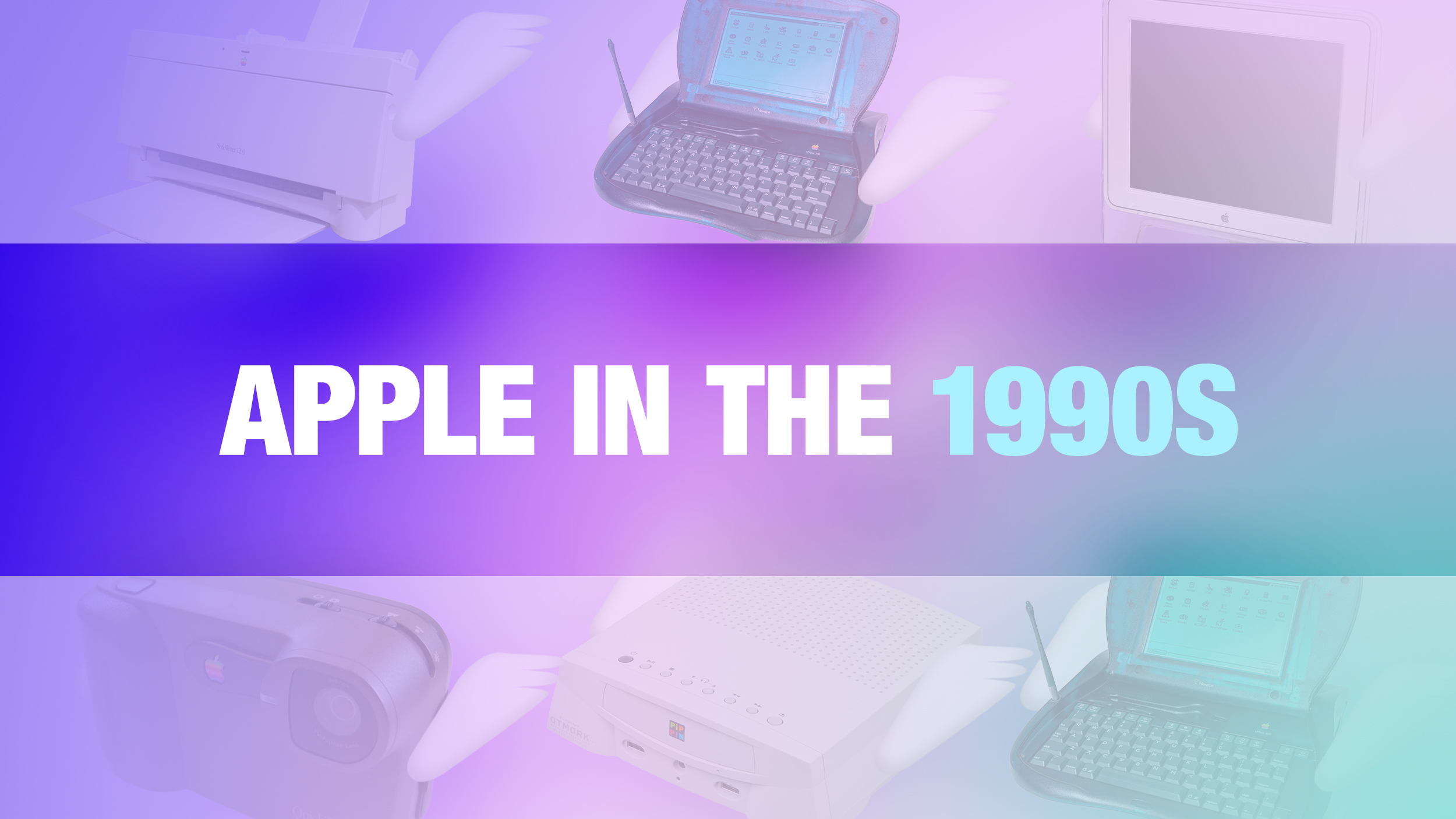
Many longtime MacRumors readers are likely already well informed about Apple's peculiar 1990s era, but for those who started following the company in the 2000s, it can be fascinating to look back at the products released in the older days.
Below, we reflect on five unique Apple products from the 1990s, including the QuickTake, Newton eMate 300, Studio Display, StyleWriter, and Pippin. There are of course many others, ranging from the Twentieth Anniversary Macintosh to the Newton MessagePad, but we tried to make some selections that are perhaps a bit more obscure today.
Newton eMate 300
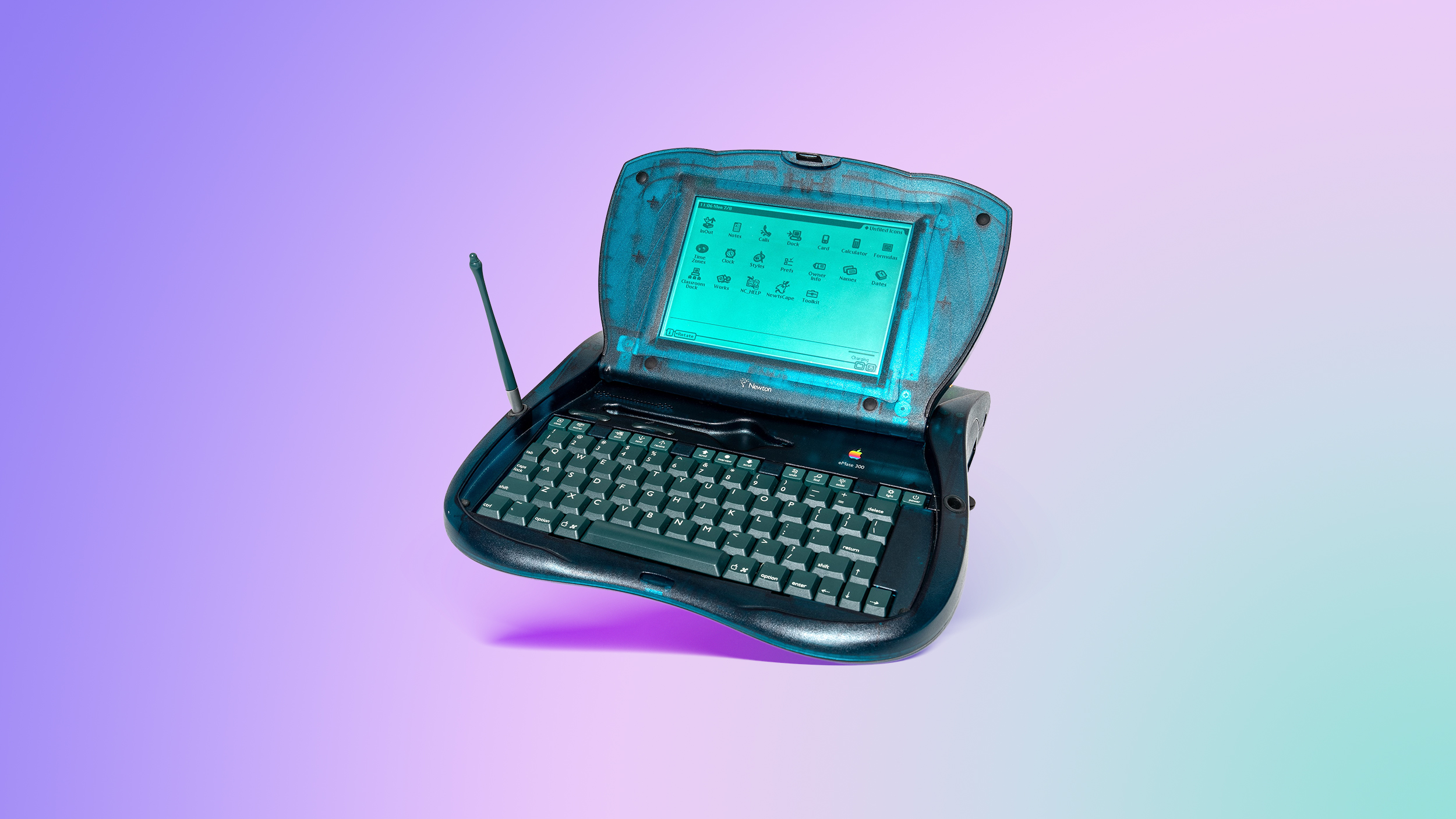
In 1993, Apple released the Newton MessagePad, a personal digital assistant (PDA) that was sort of like a very early and rudimentary version of the modern smartphone. Equipped with a black-and-white, pressure-sensitive touch screen, and a stylus, the device offered basic calendar, contact, note-taking, to-do list, and email functionality.
Apple went on to release a line of Newton products, including the eMate 300 in 1996, an entry-level computer for children to use in the classroom. It was the only Newton device with a built-in keyboard, and it featured a colorful and durable plastic casing that could withstand the perils of the classroom. It looks a little bit like the iBook that Apple released a few years later, but it ran the Newton operating system instead of Mac OS.
Priced at around $800, the eMate 300 was equipped with a 6.8-inch black-and-white, pressure-sensitive touch screen with a resolution of 480×320 pixels. Other specs included a 25 MHz ARM processor and a whopping 3 MB of RAM.
Jobs discontinued the entire Newton line upon his return in 1997.
QuickTake
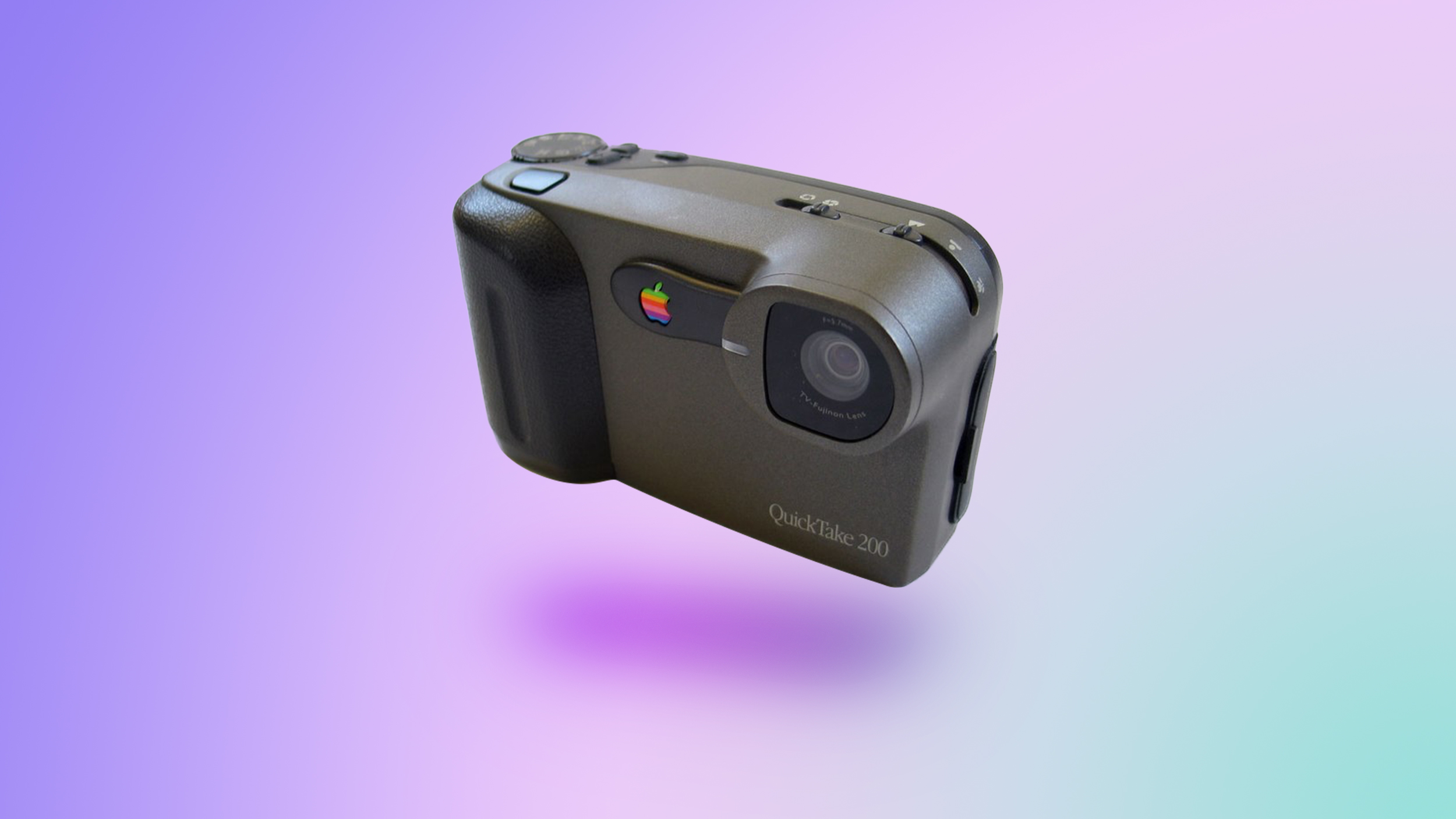
In 1994, Apple released the QuickTake, one of the first consumer-oriented digital cameras ever. Apple designed the original QuickTake 100 model in partnership with Kodak. With 1MB of built-in storage, the camera could store up to a whopping eight photos with a resolution of 640×480 pixels. The camera had a built-in flash, but it did not offer manual focus or zoom controls. And while it featured a small LCD screen for basic information like battery level, it did not provide a live preview of the viewfinder's image.
Apple went on to release two more QuickTake 150 and QuickTake 200 models, with the latter made in partnership with Fujifilm. Some of the QuickTake 200's key upgrades included support for higher-resolution photos up to 1024×768 pixels, a 1.8-inch LCD screen with a viewfinder preview, and a removable 2MB storage card.
At the time the QuickTake was released, it was still common for people to have photos printed at a store, so the ability to transfer digital photos to a Mac or PC was quite novel, but Apple faced lots of competition from the likes of Canon, Nikon, and Sony, and it was ultimately a lower-selling product that did not survive the Jobs chopping block.
Pippin
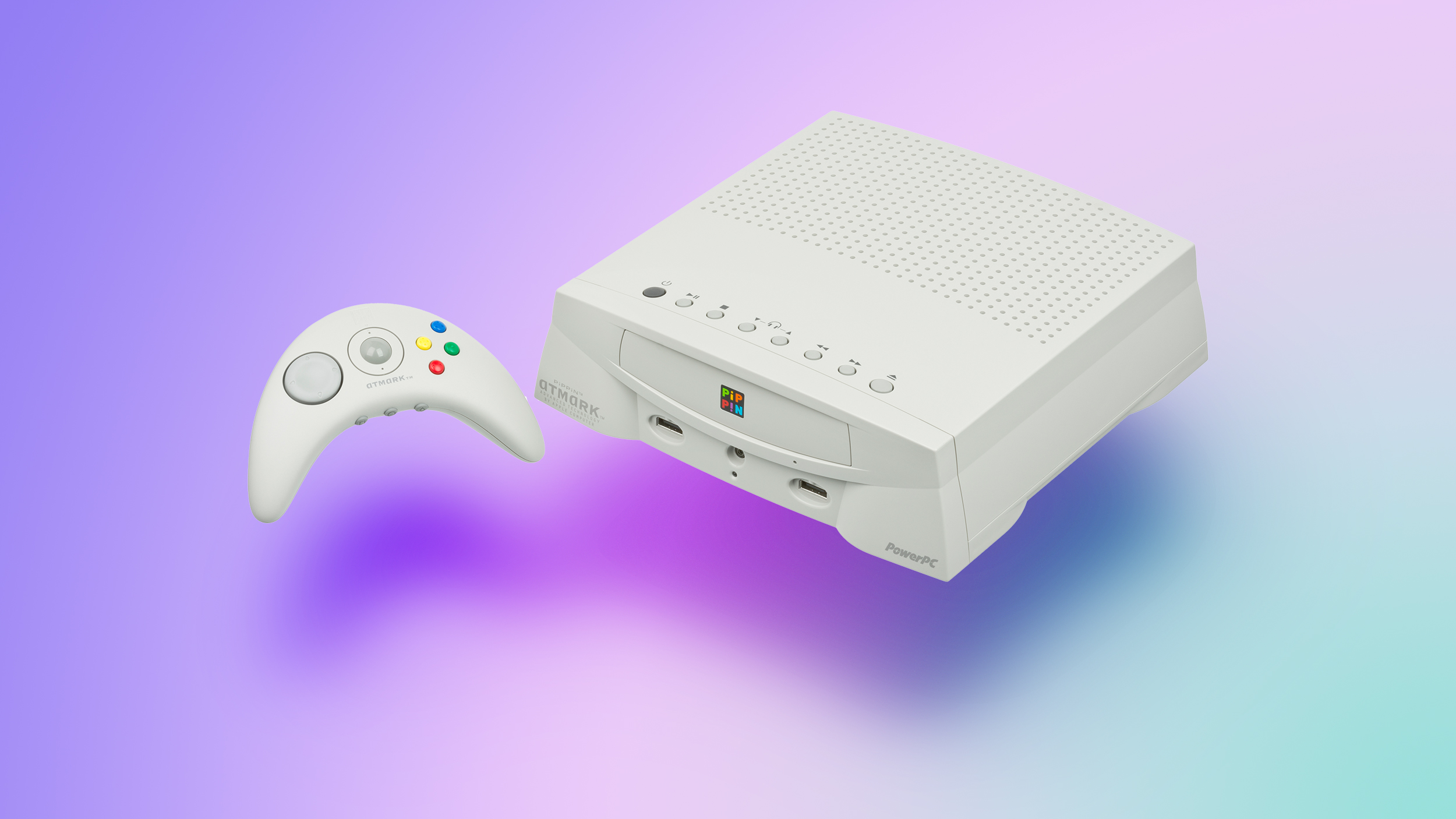
Believe it or not, Apple once made a video game console.
Apple teamed up with Bandai to release the Pippin, or PiPP!N, in 1996. Priced at $599, the PowerPC-based console was intended to be somewhat of a hybrid of a computer and a video game console, with its software based on the Macintosh System 7.5.2. Games were loaded into the built-in CD-ROM drive, but the selection was limited.
Ultimately, the PiPP!N was a flop, as both Sony's PlayStation ($299) and the Nintendo 64 ($199) were less expensive and offered a wider library of games.
Another casualty of Jobs' return, the PiPP!N was discontinued by 1998.
Studio Display
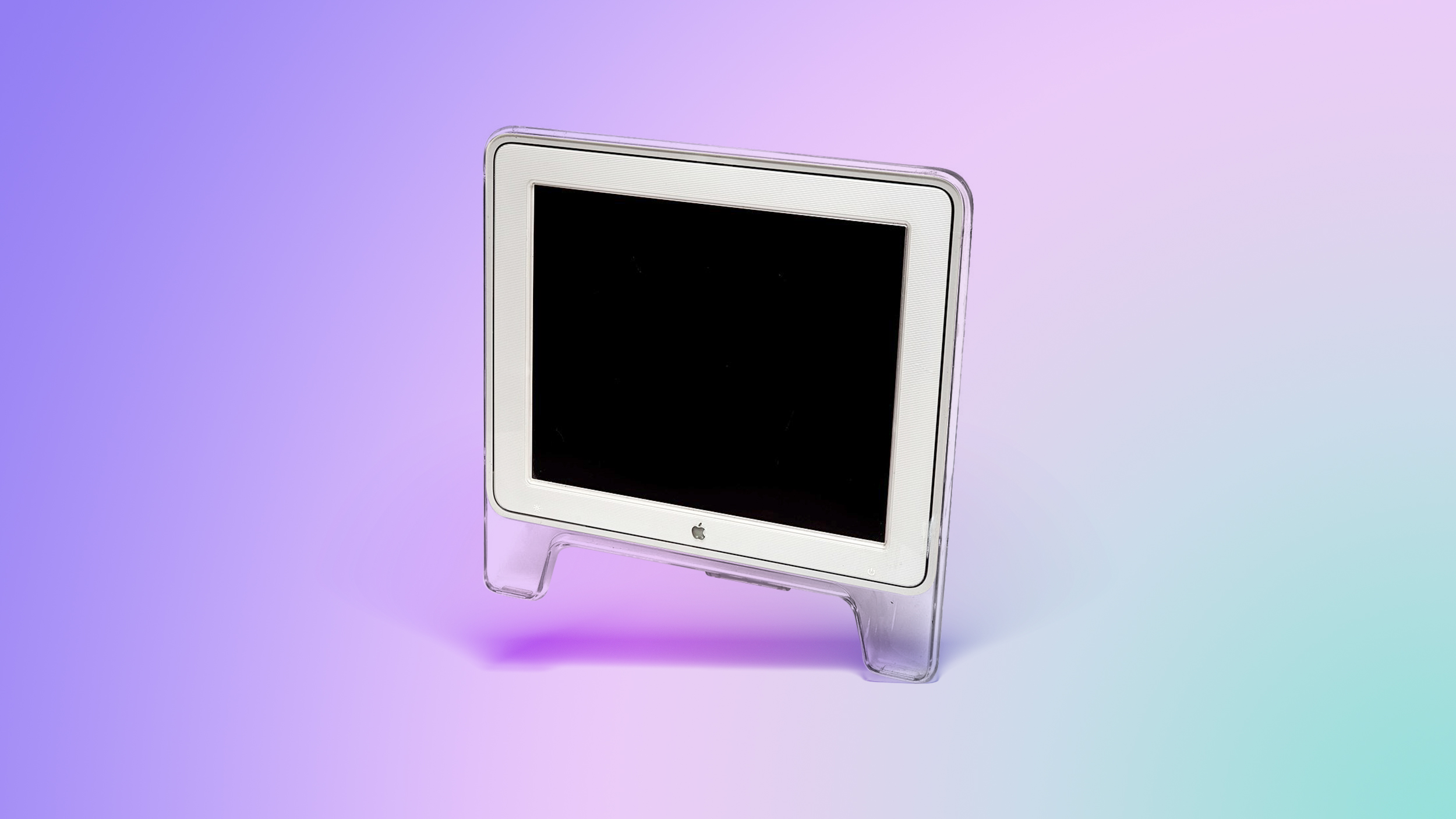
You might be thinking that Apple just released the Studio Display three years ago, but it first used that name for an external monitor released back in 1998.
The original Studio Display featured a sleek design, with a 15-inch flat-panel LCD screen and a 4:3 aspect ratio. It had a resolution of 1024×768 pixels, a far cry from the current model's resolution of 5120×2880 pixels. It was priced at $1,999.
This is actually a product that Apple released shortly after Jobs returned to Apple, and the line remained available until 2004, when Apple fully shifted to its widescreen Cinema Display. In 2011, Apple moved on to the Thunderbolt Display, which was discontinued in 2016, before releasing the Pro Display XDR in 2019 and the current Studio Display in 2022.
Apple also released a bulkier CRT version of the Studio Display in 1999.
StyleWriter
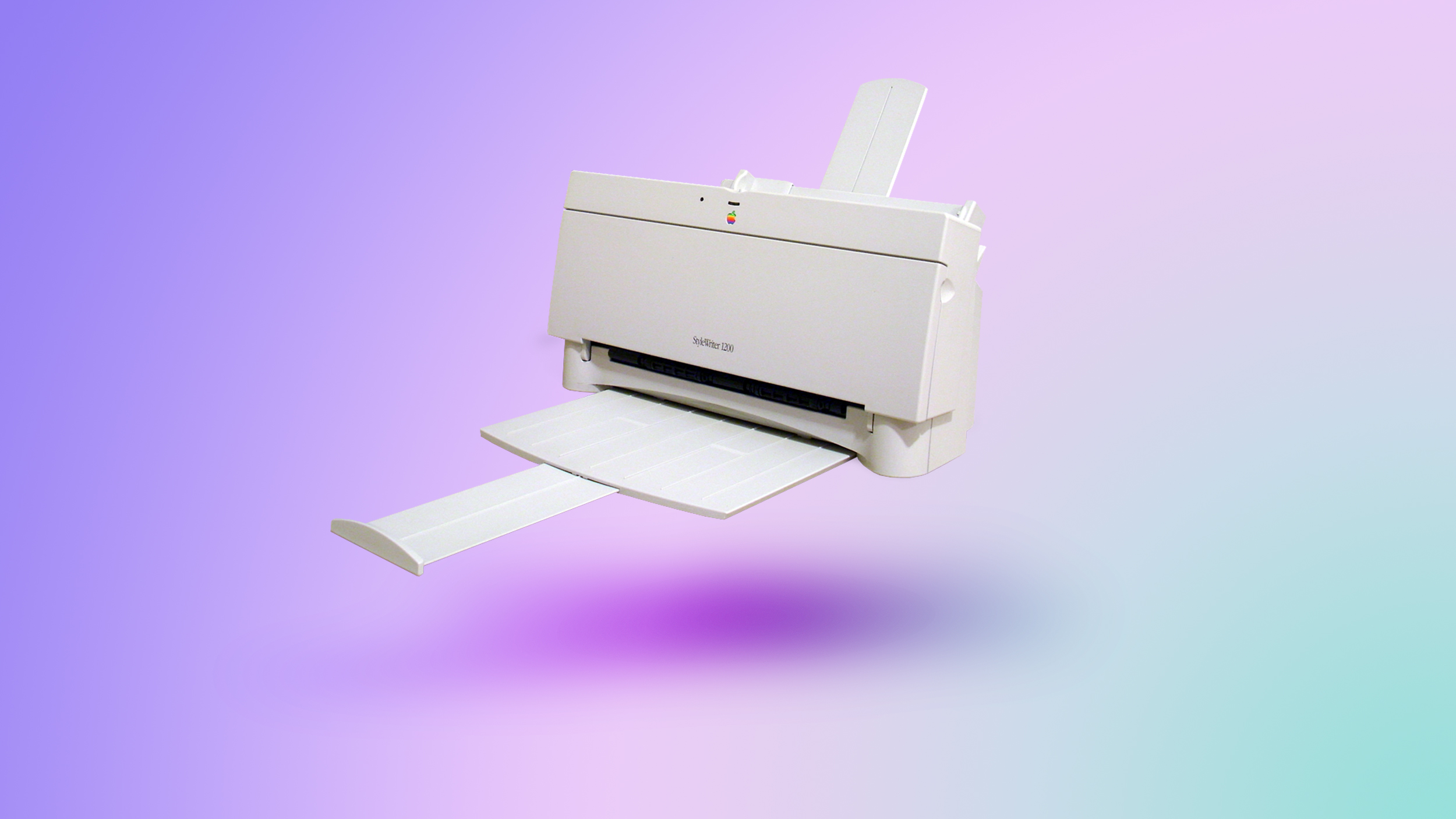
Printers are another device category that Jobs put the kibosh on when he returned to Apple. Before then, though, Apple had released a variety of printer models, including the ImageWriter in 1982, the LaserWriter in 1985, and finally the StyleWriter in 1991.
The original StyleWriter was Apple's first inkjet printer with liquid ink, whereas the ImageWriter was a dot-matrix printer and the LaserWriter was a laser printer.
In the 2000s to early 2010s, Apple offered a rebate on third-party printers from brands like HP, Canon, Epson, and Lexmark with the purchase of a new Mac, but it has been nearly 30 years since an Apple-branded printer was last on the market.
Article Link: Apple Released These Oddly Unique Products in the 1990s
Last edited:

